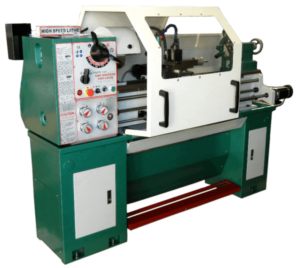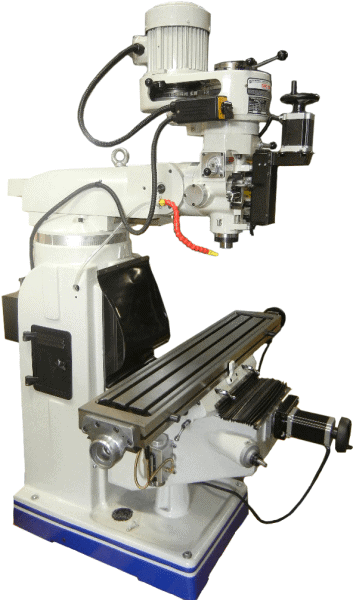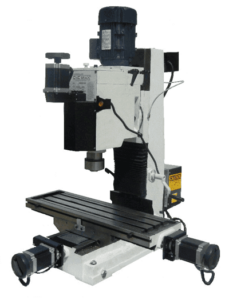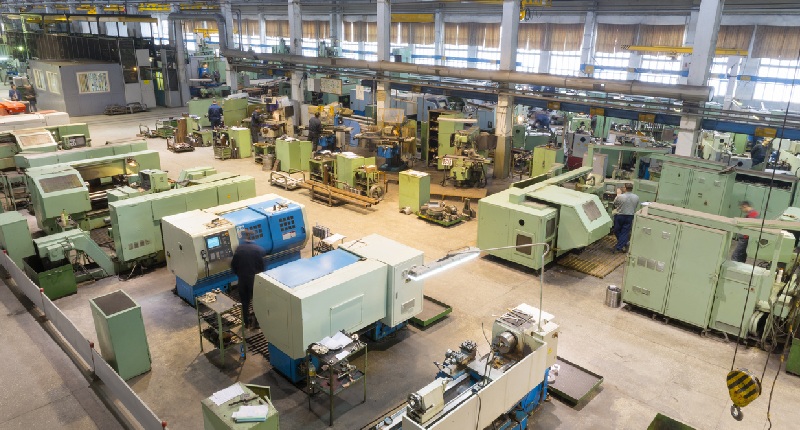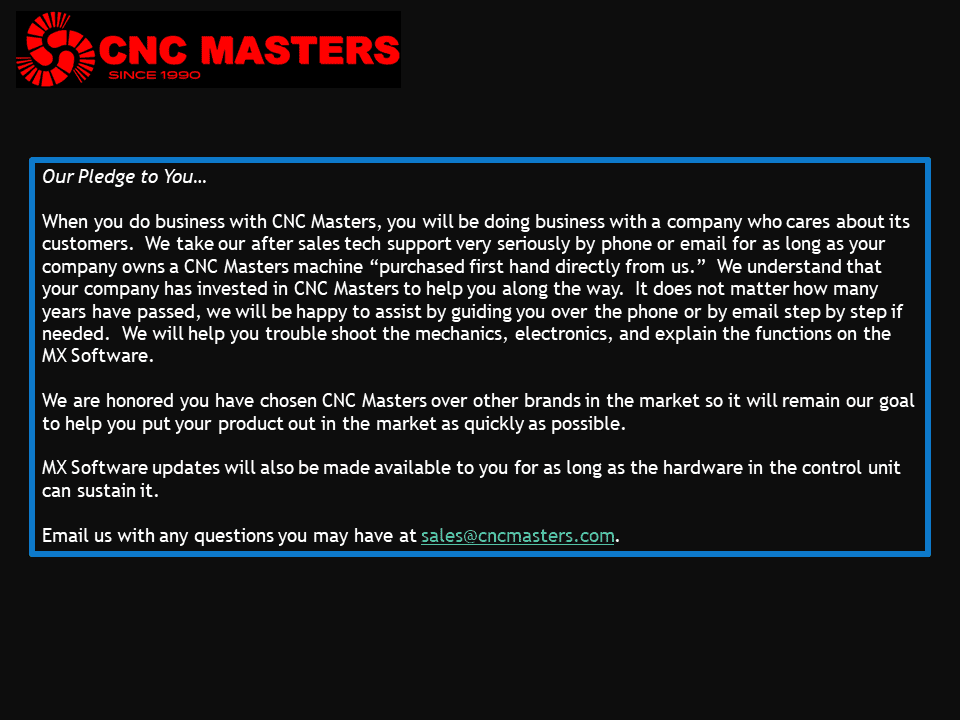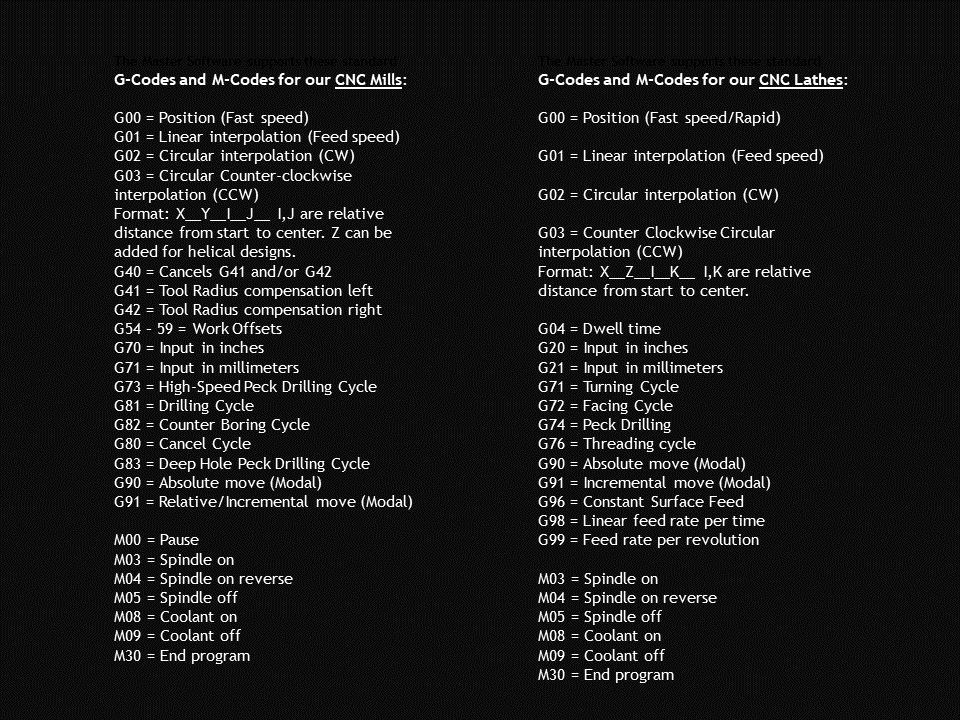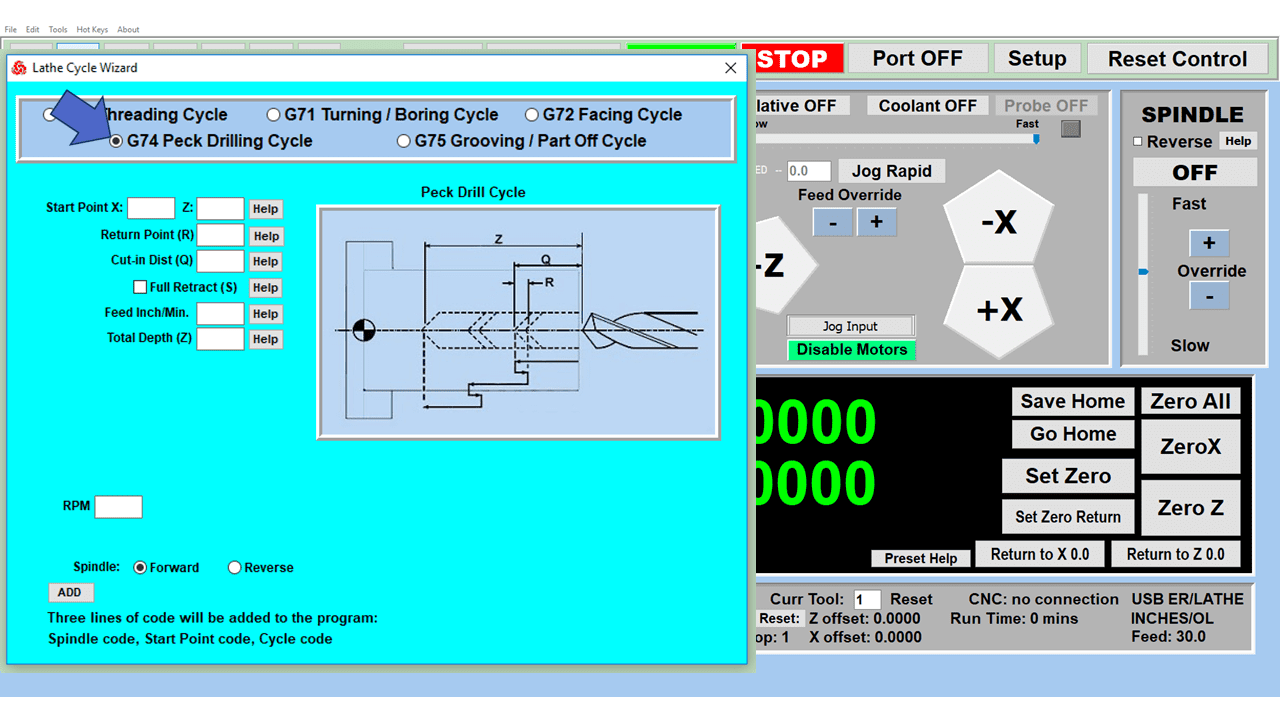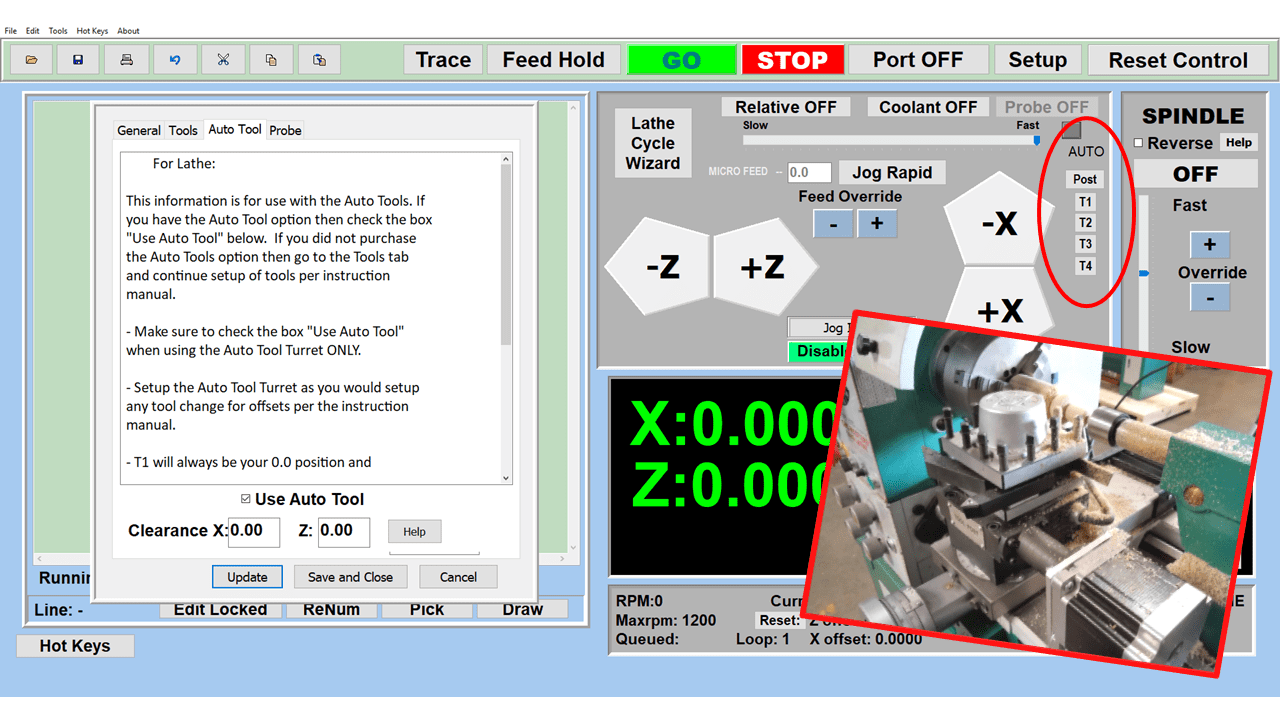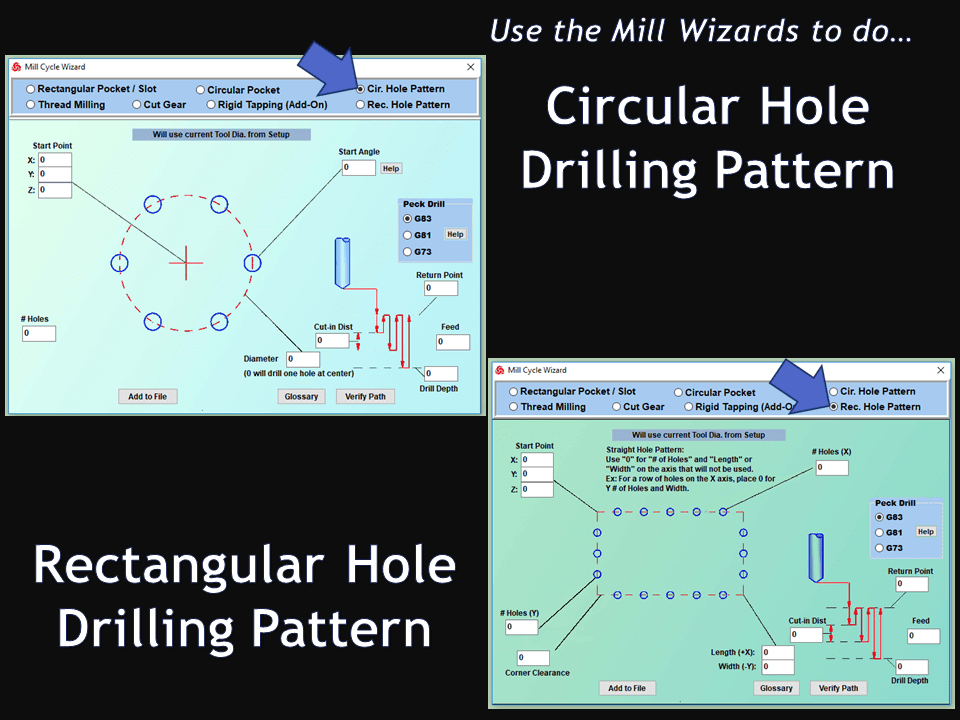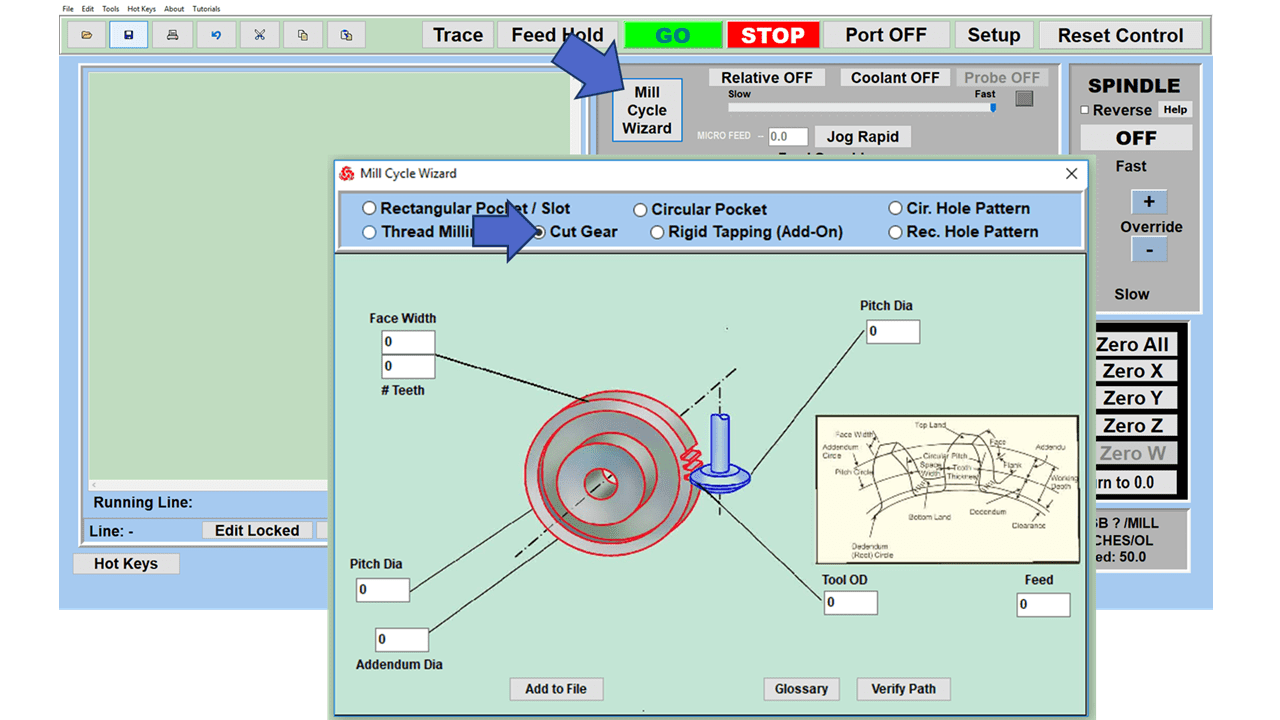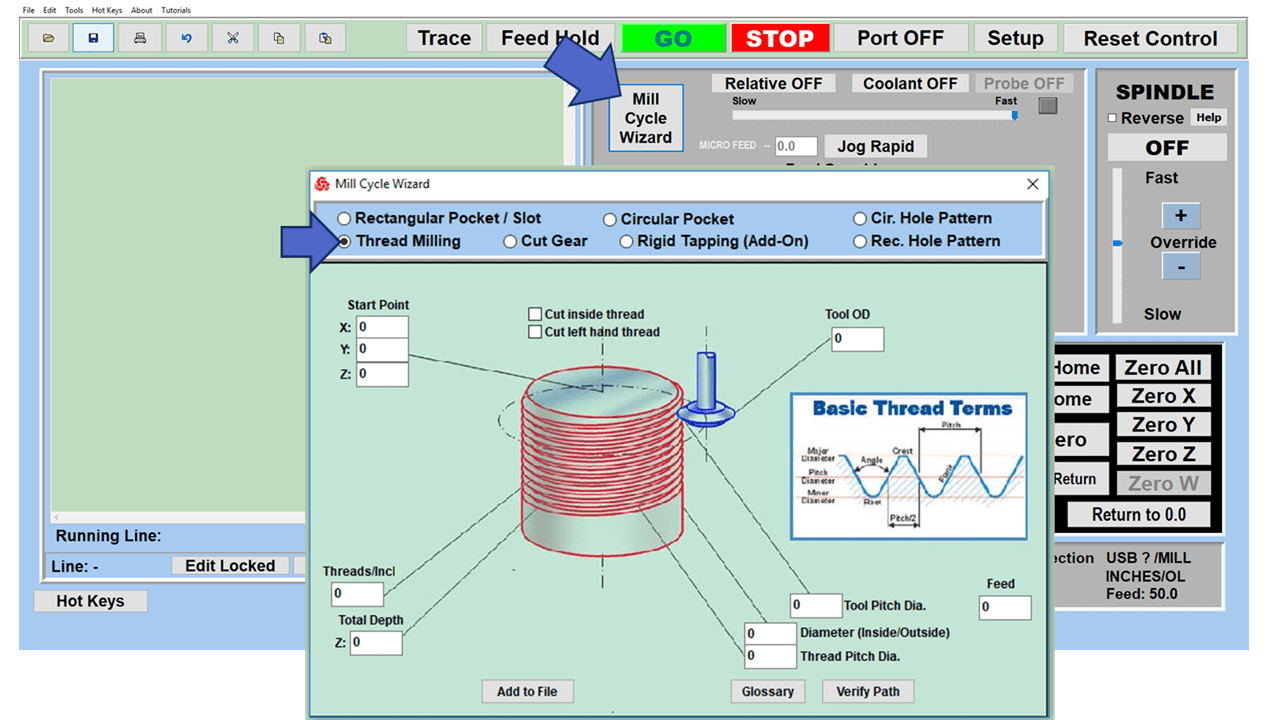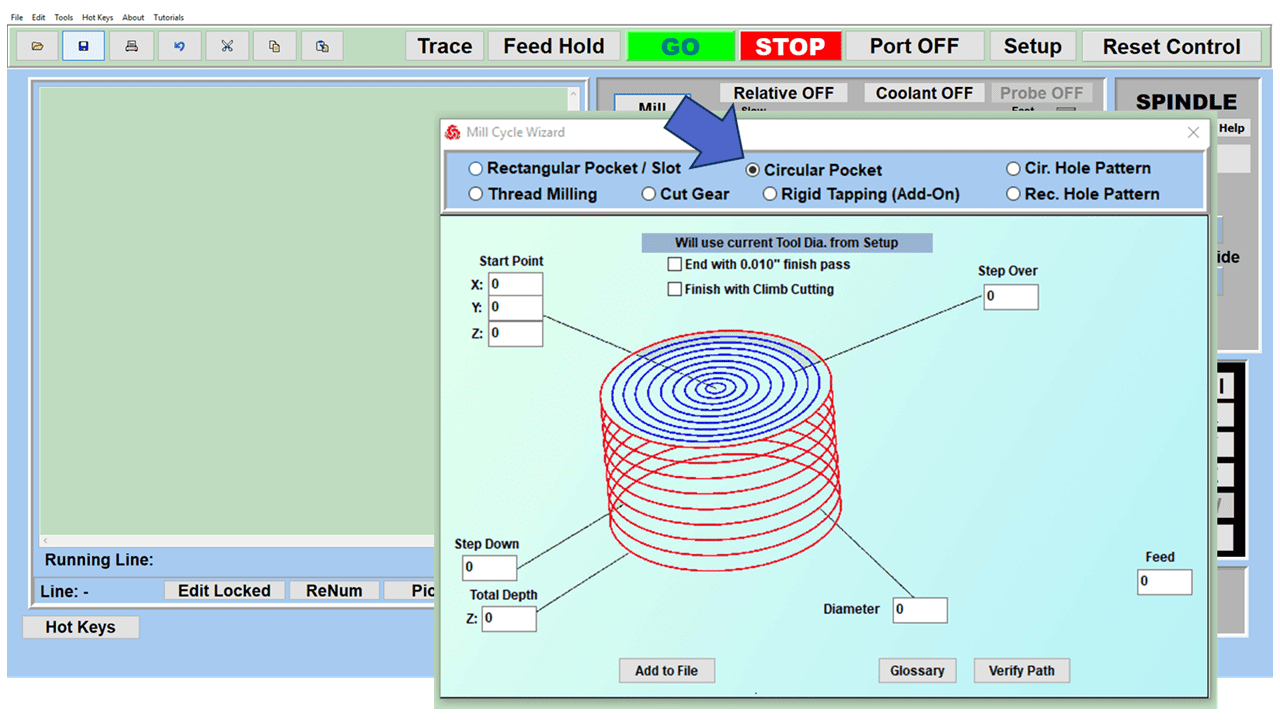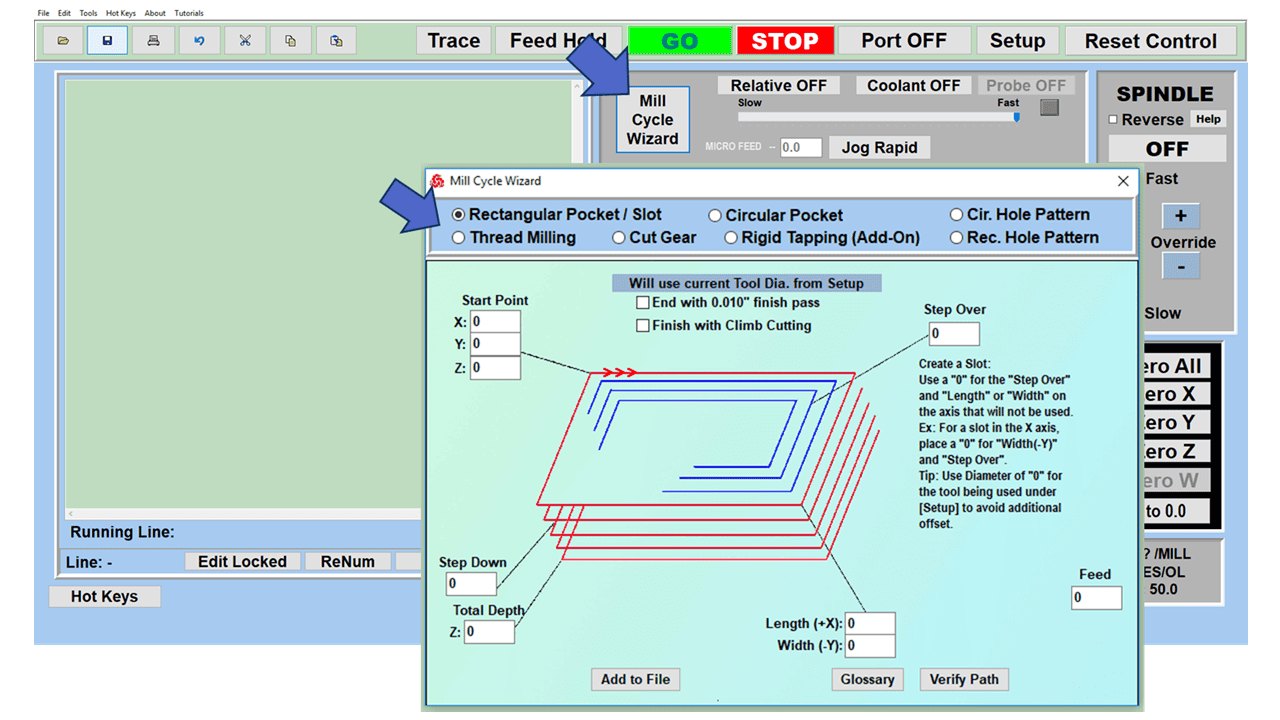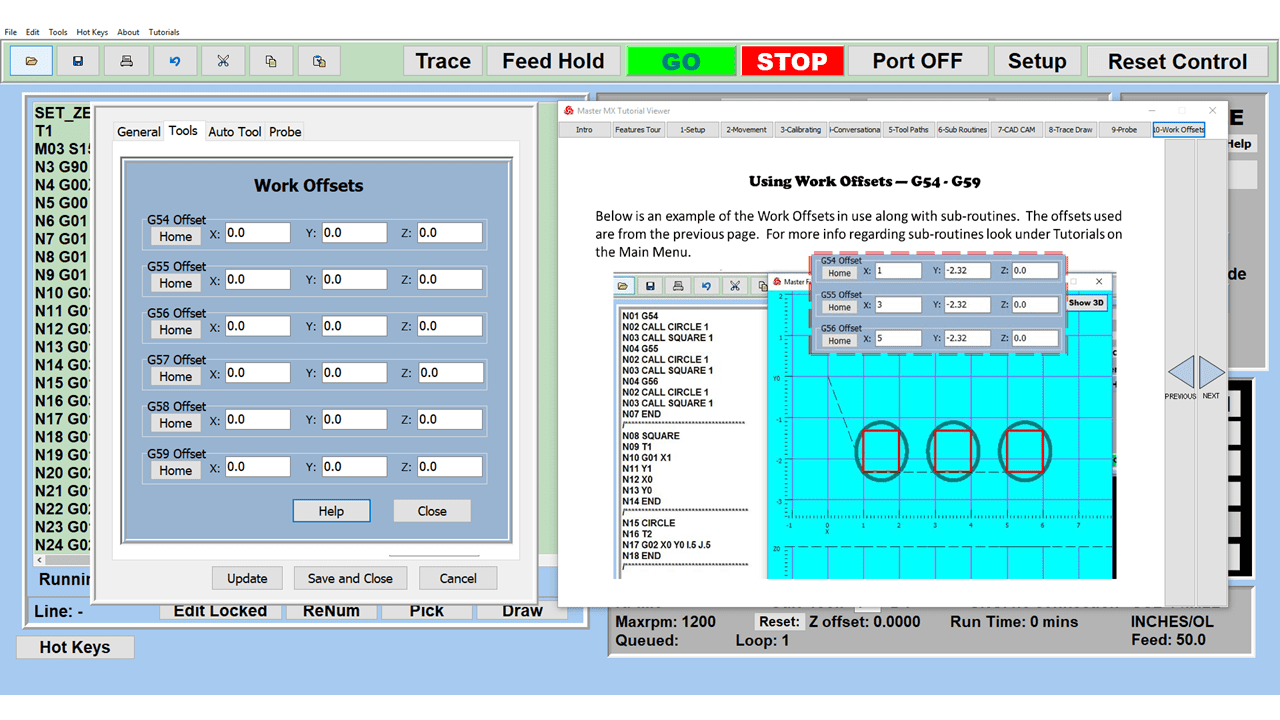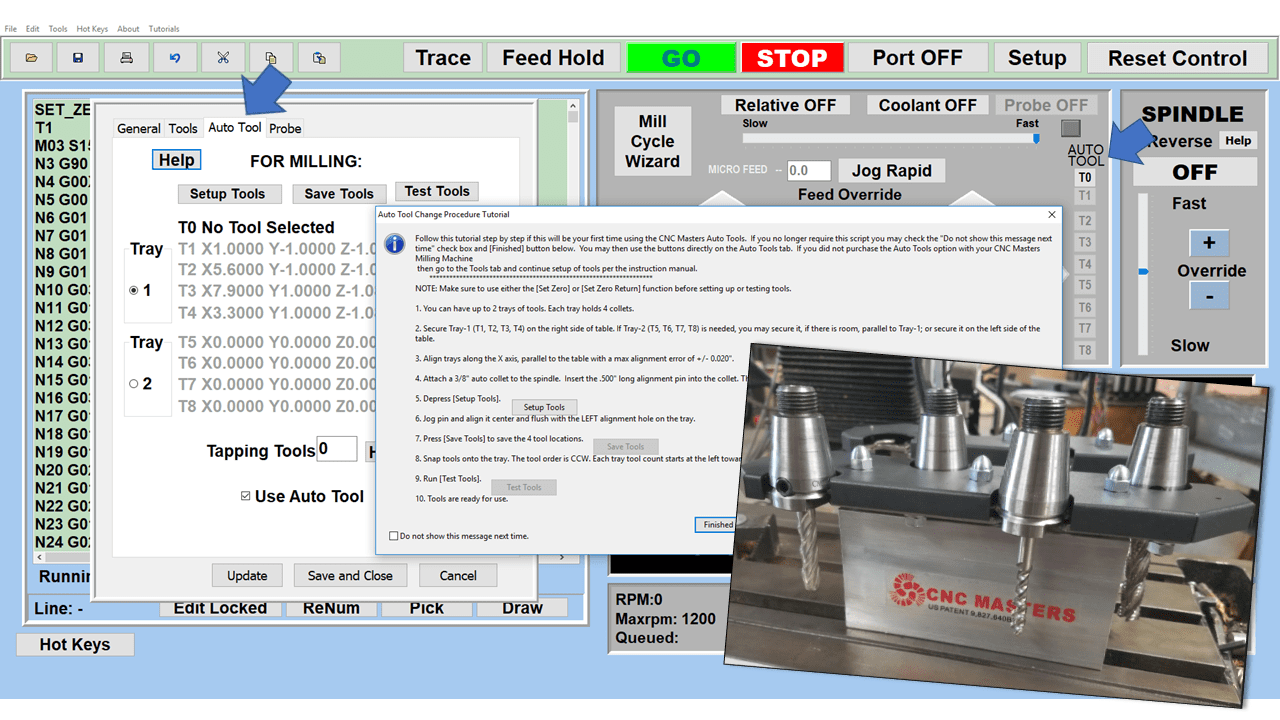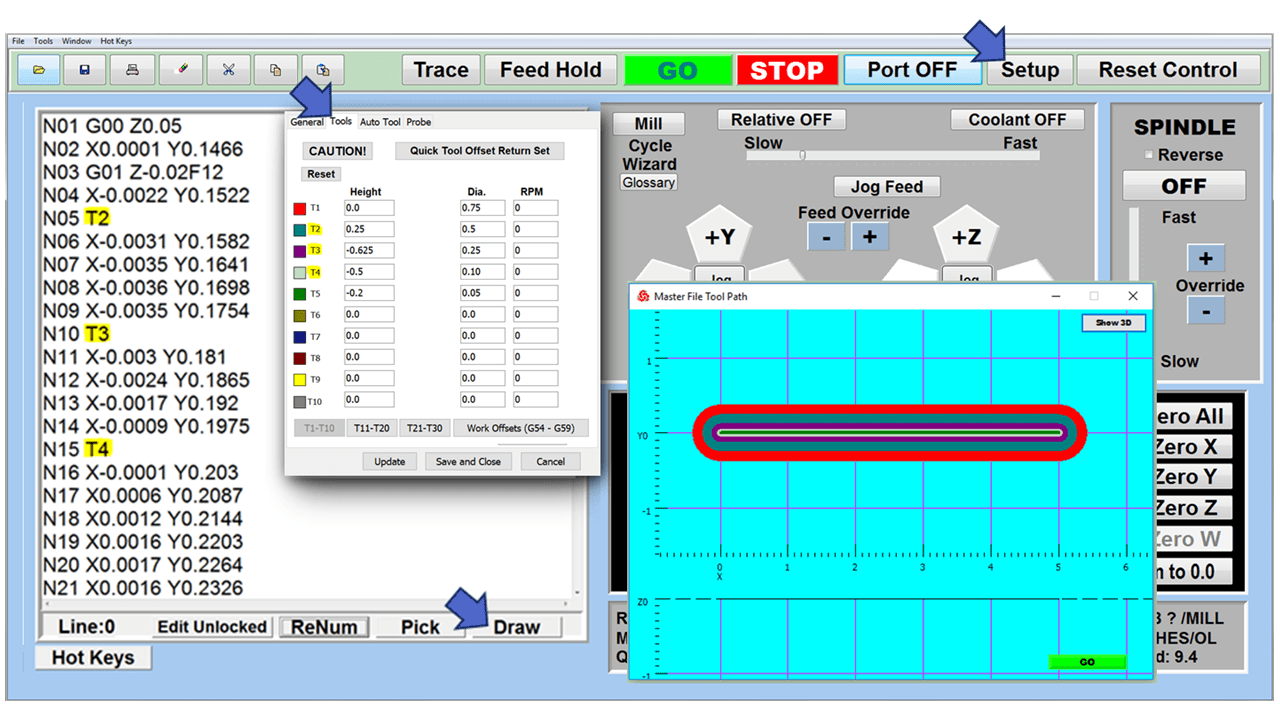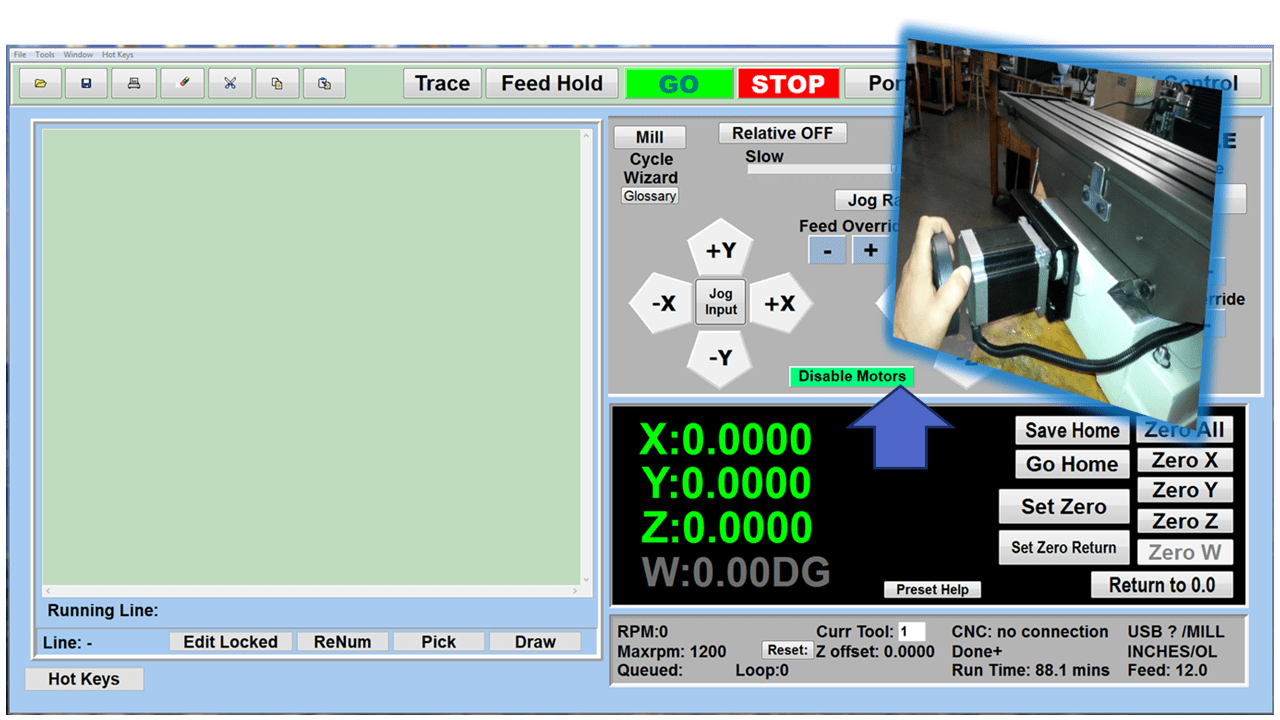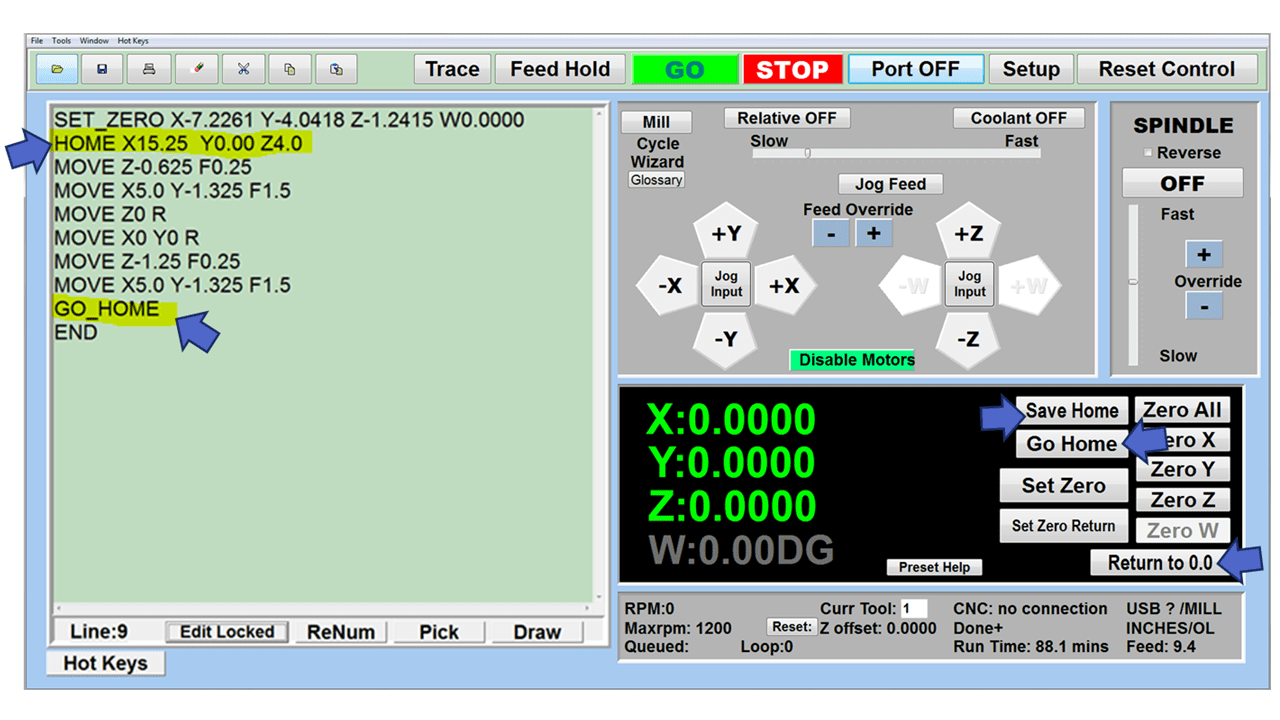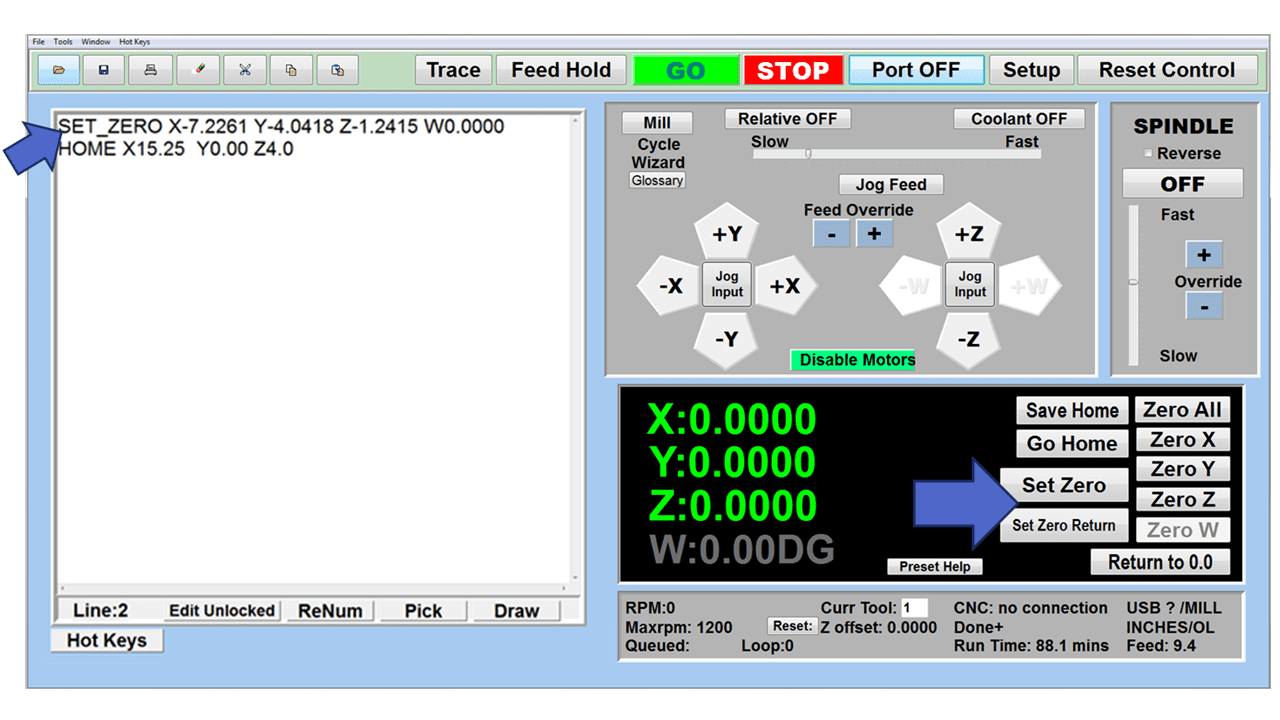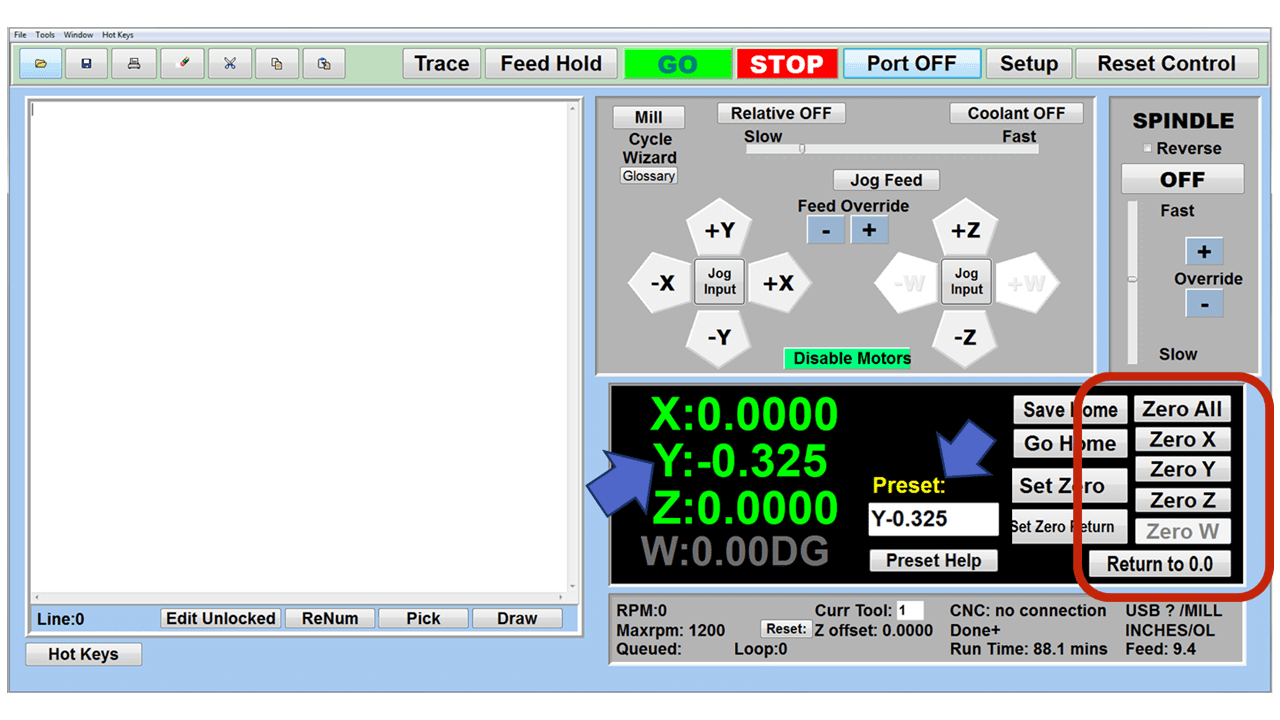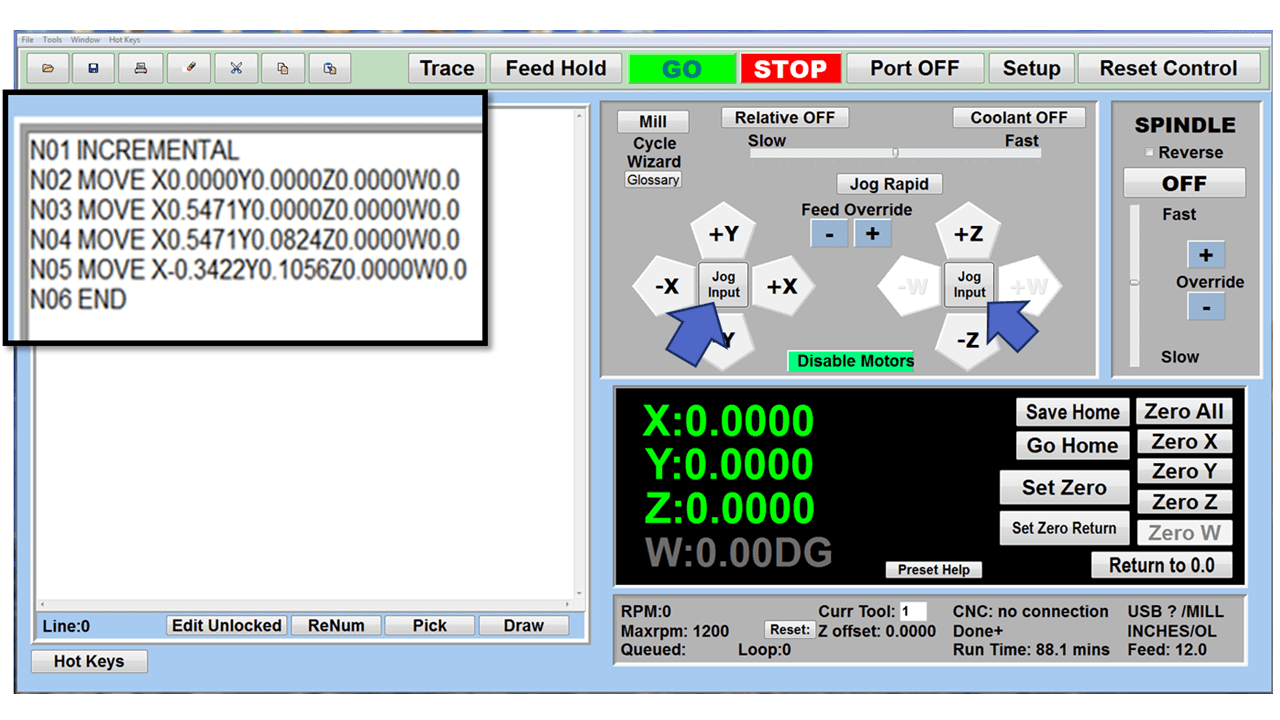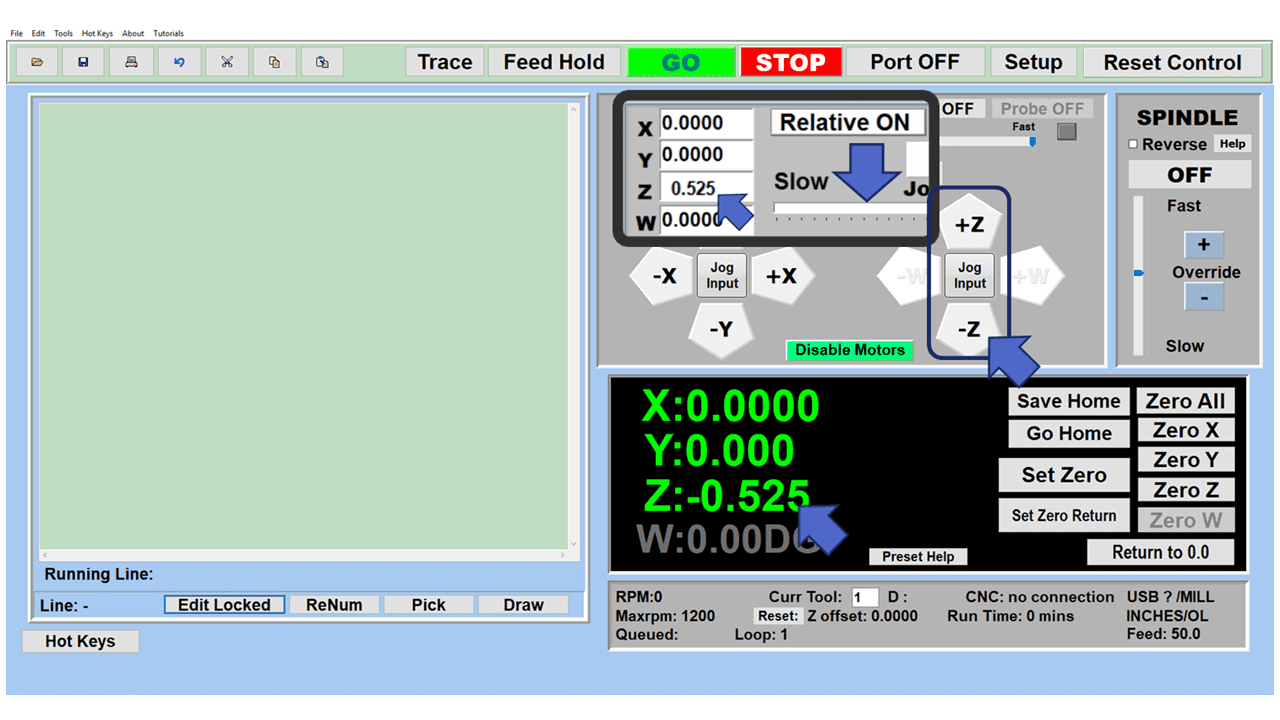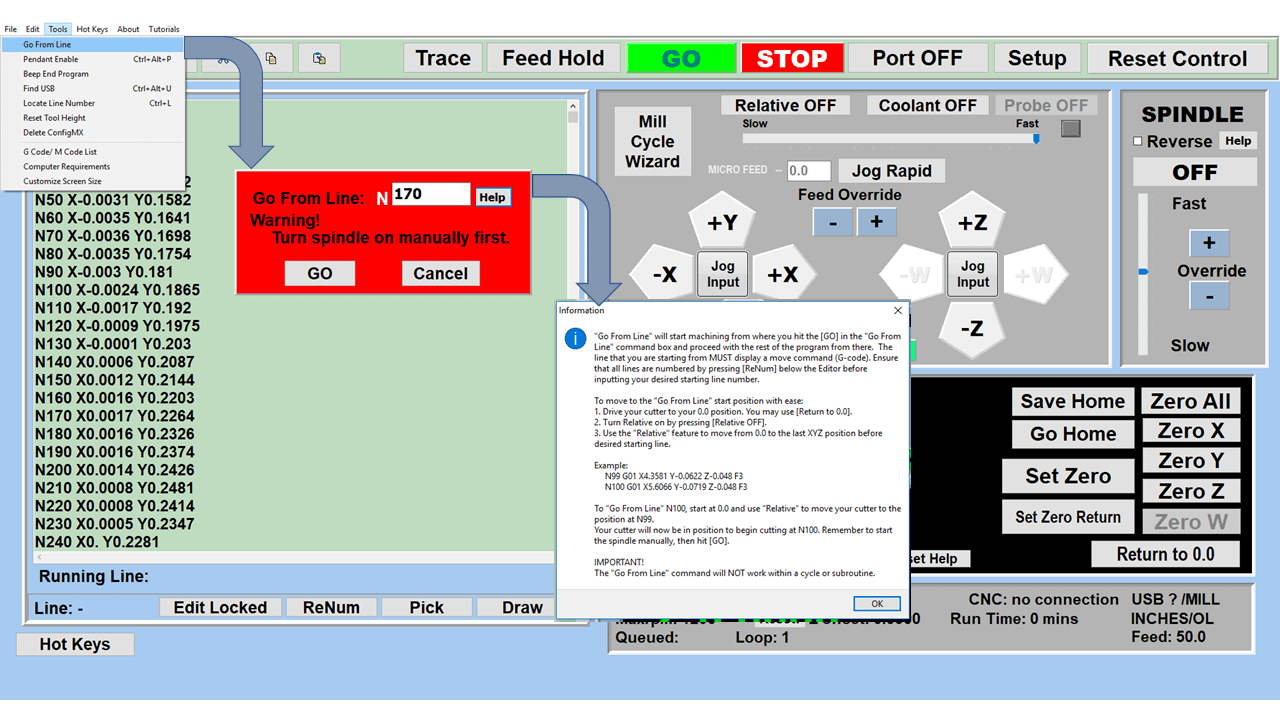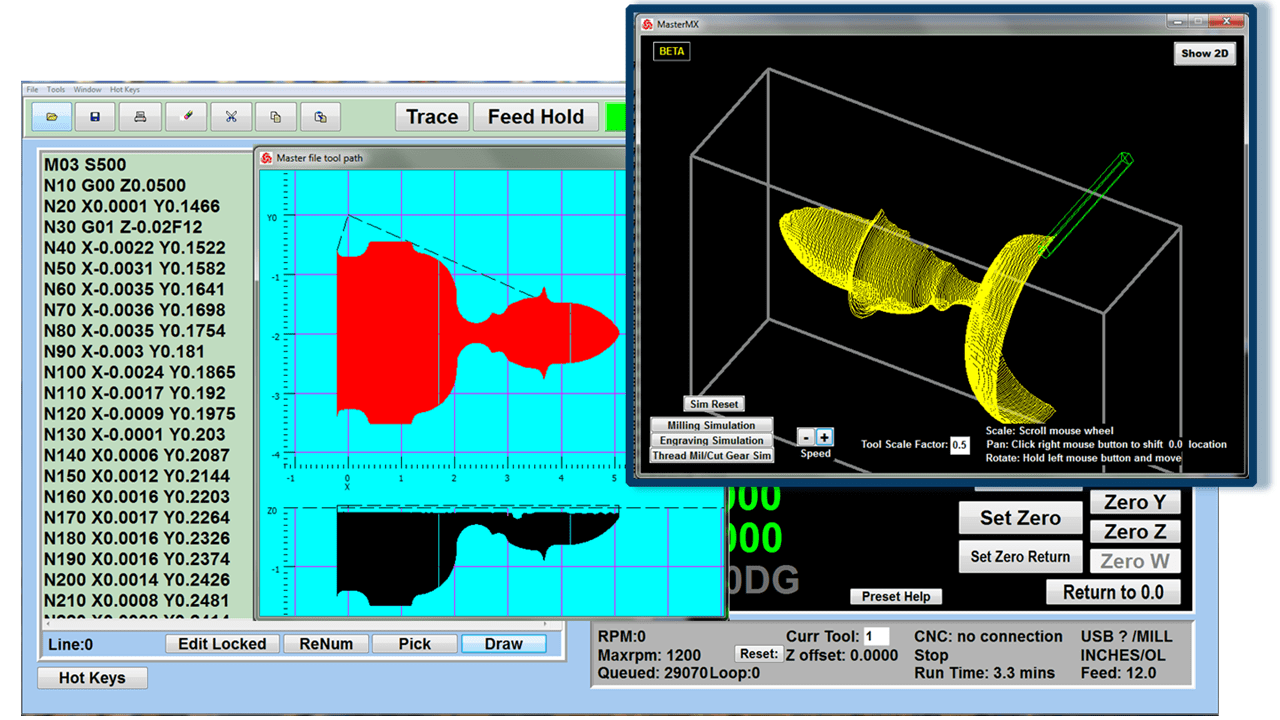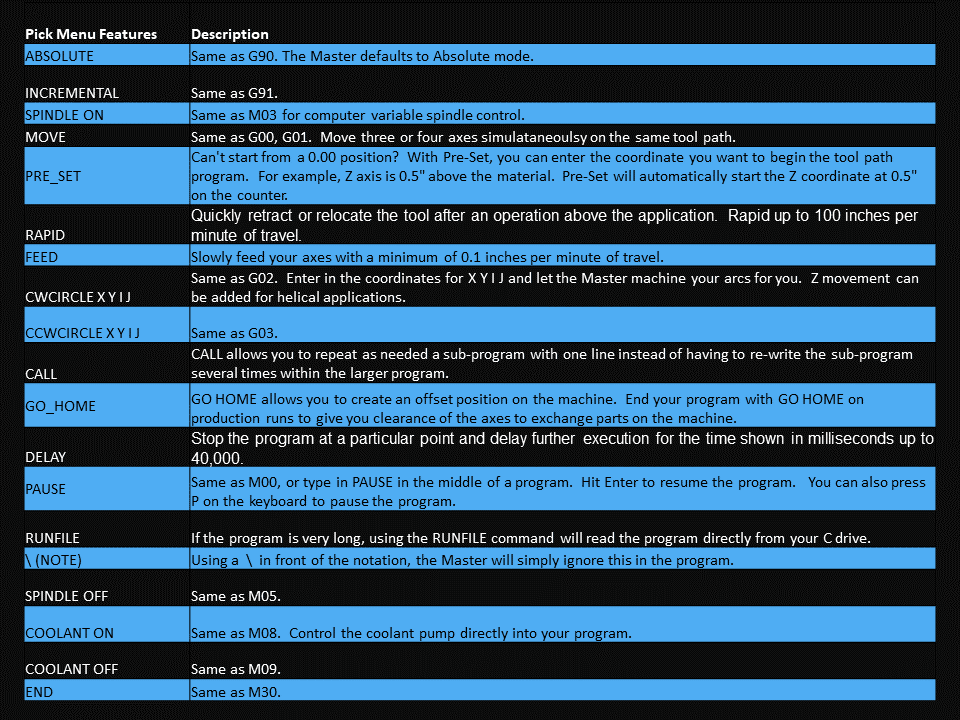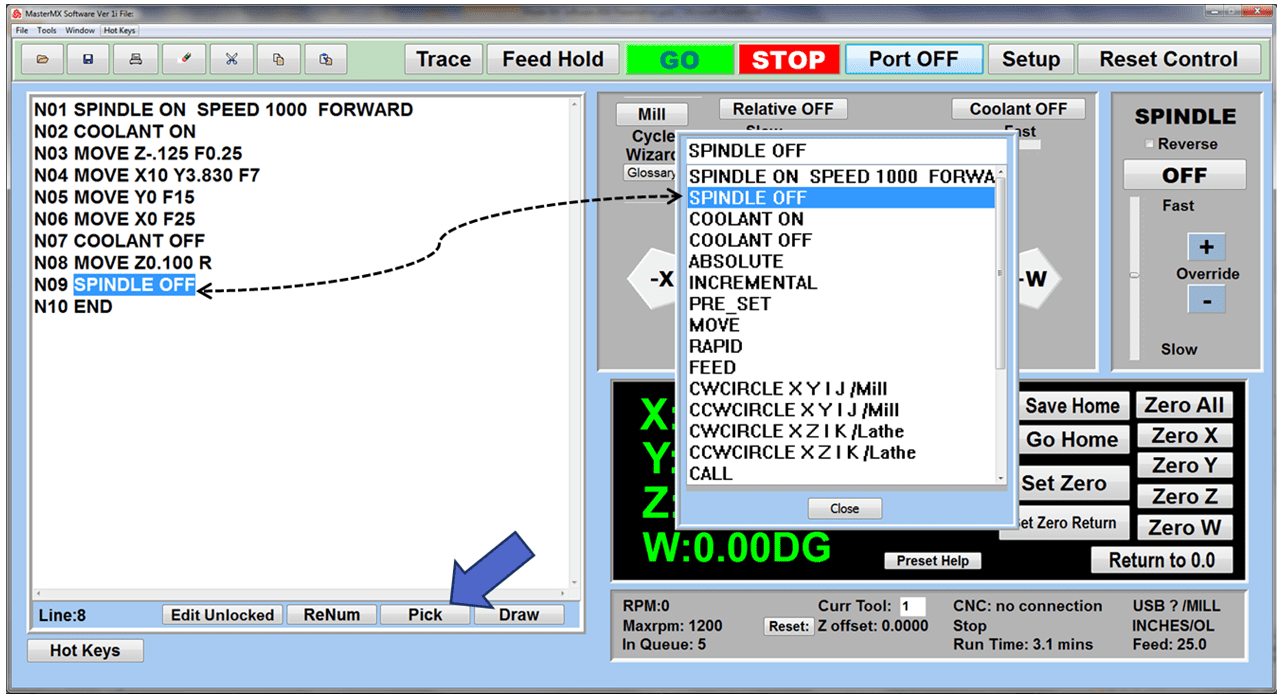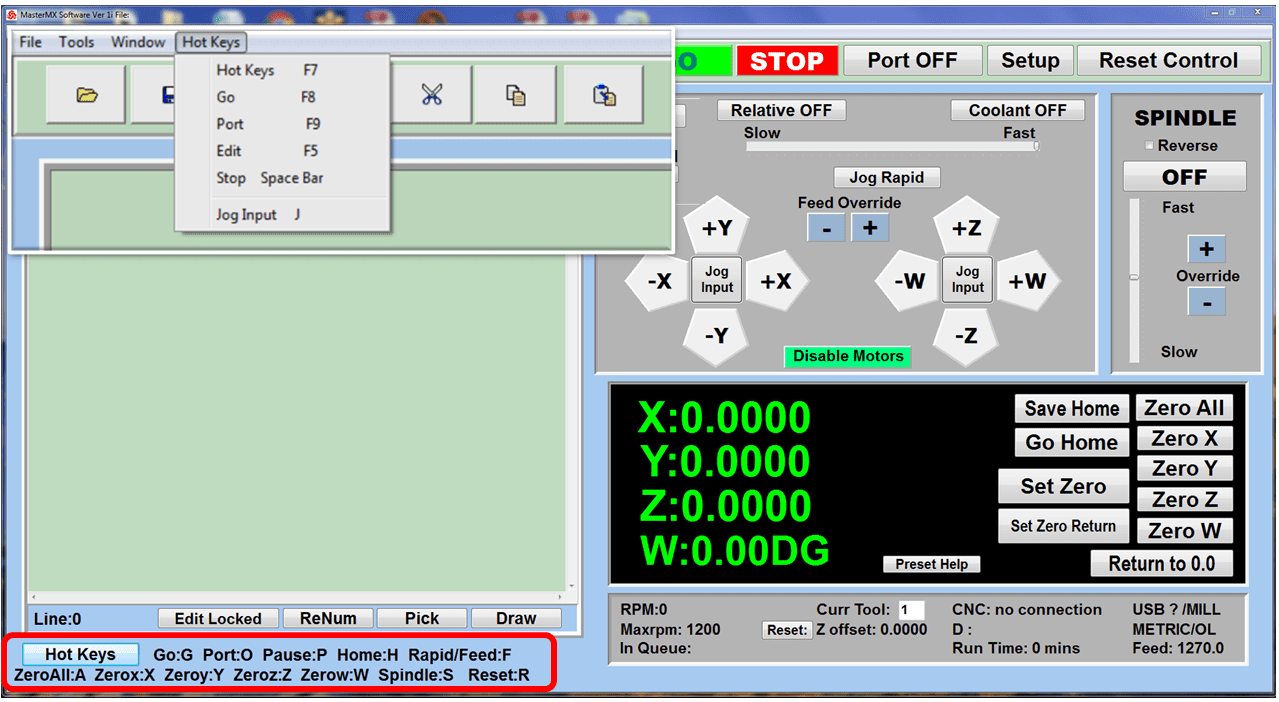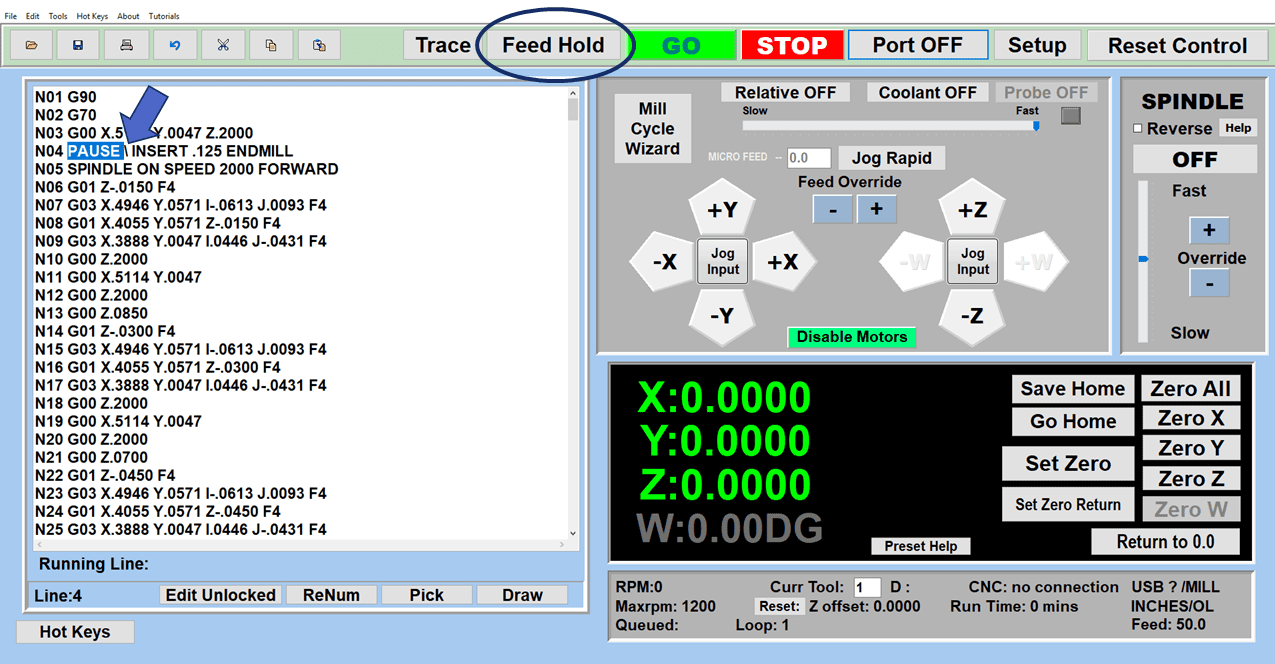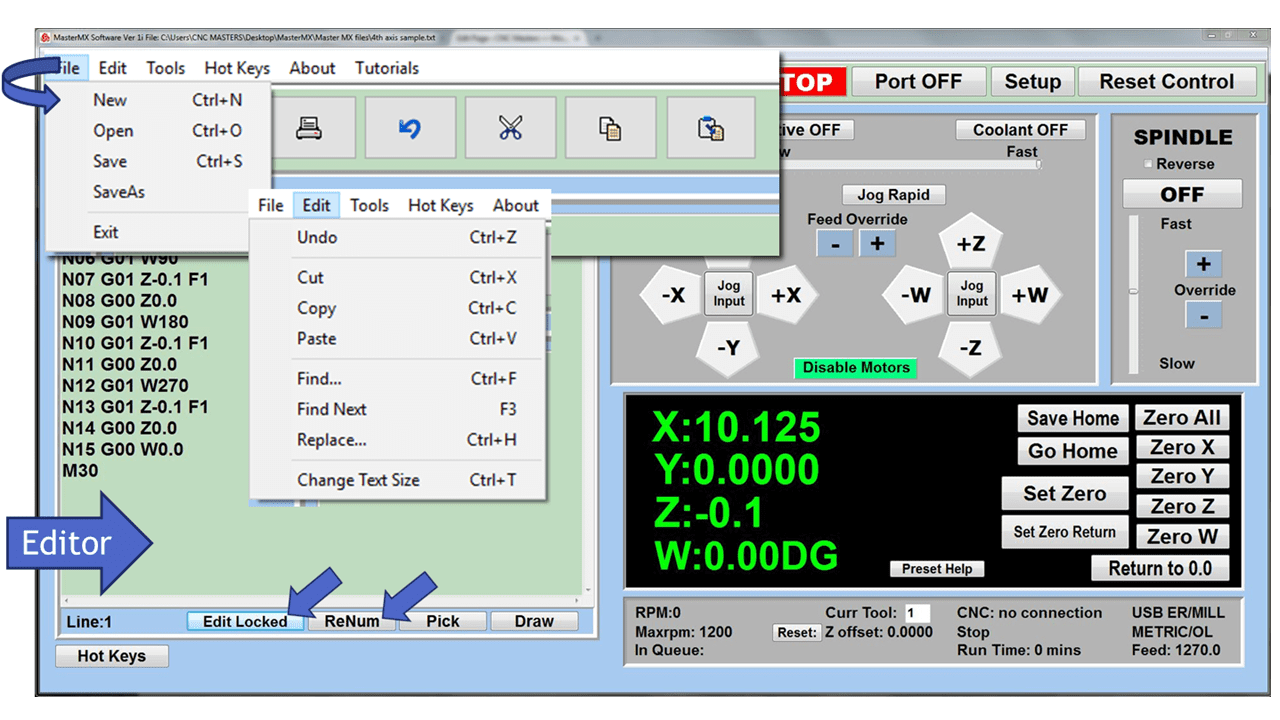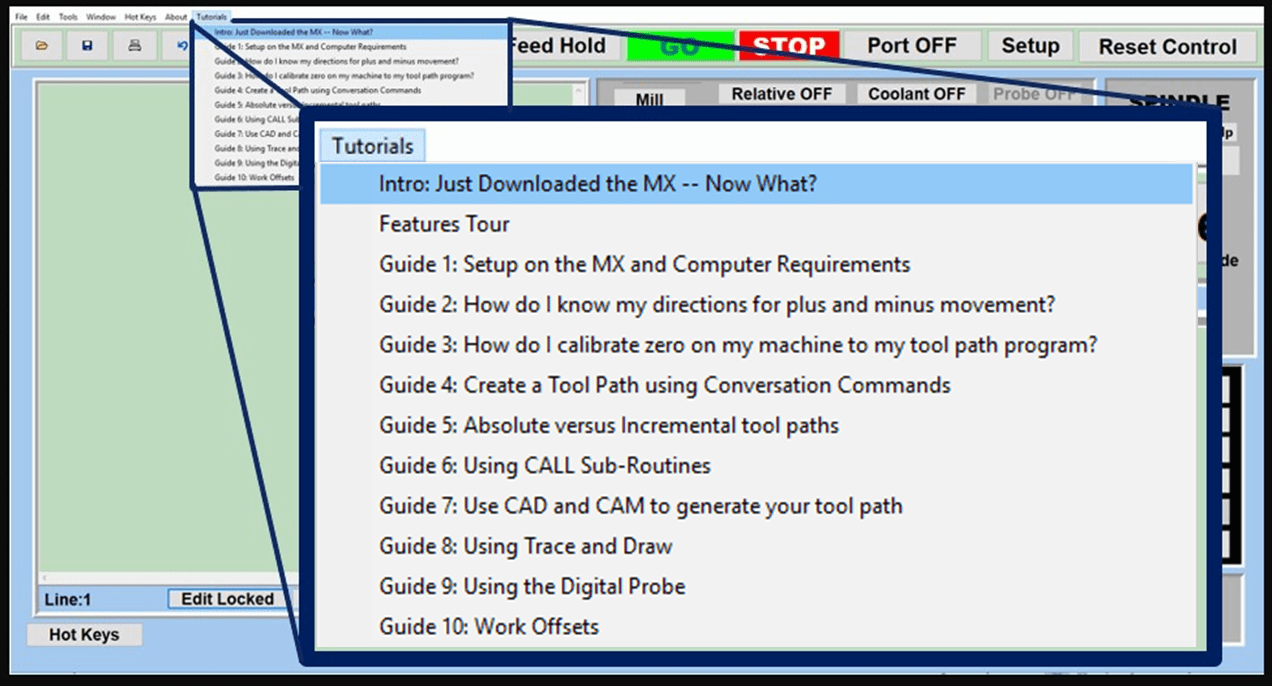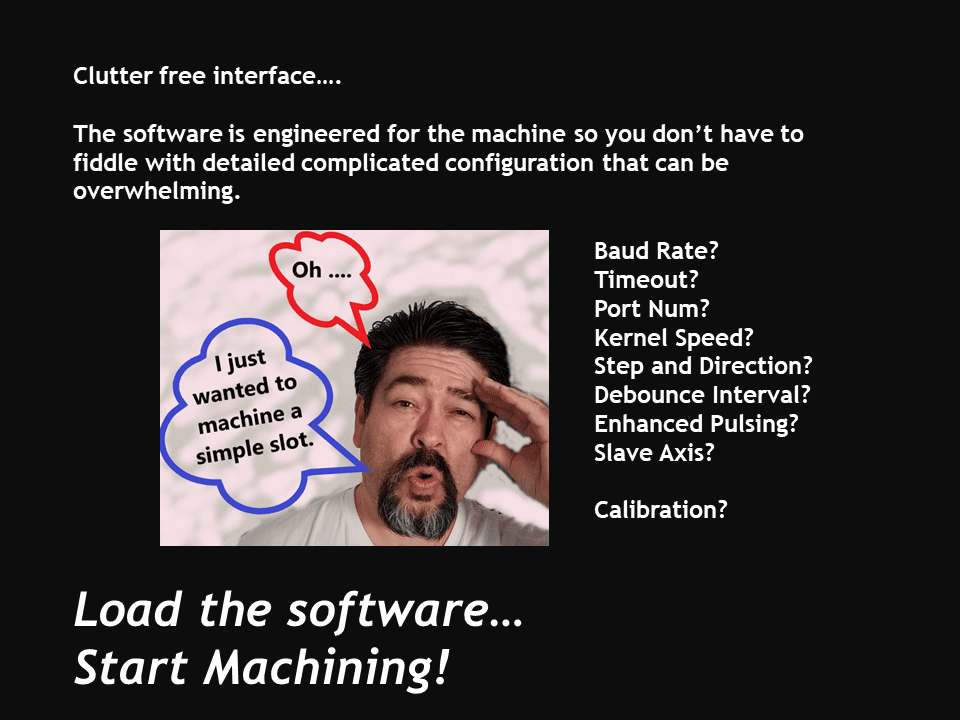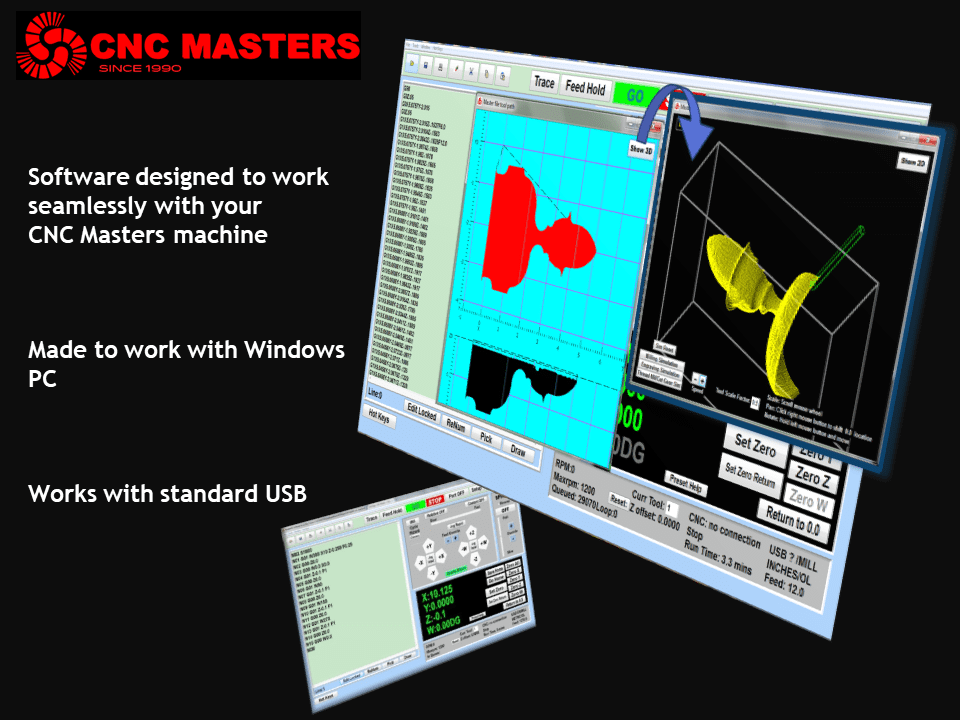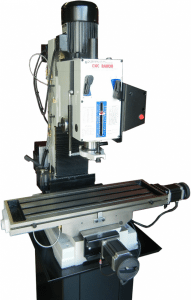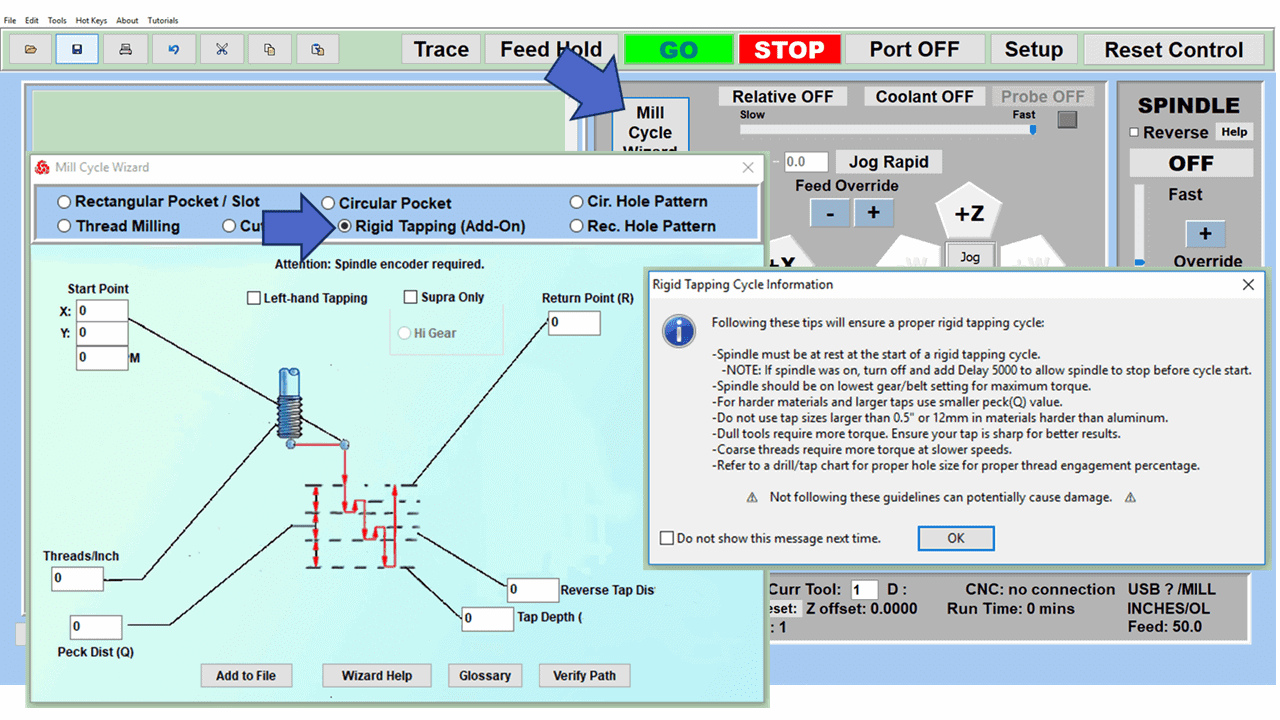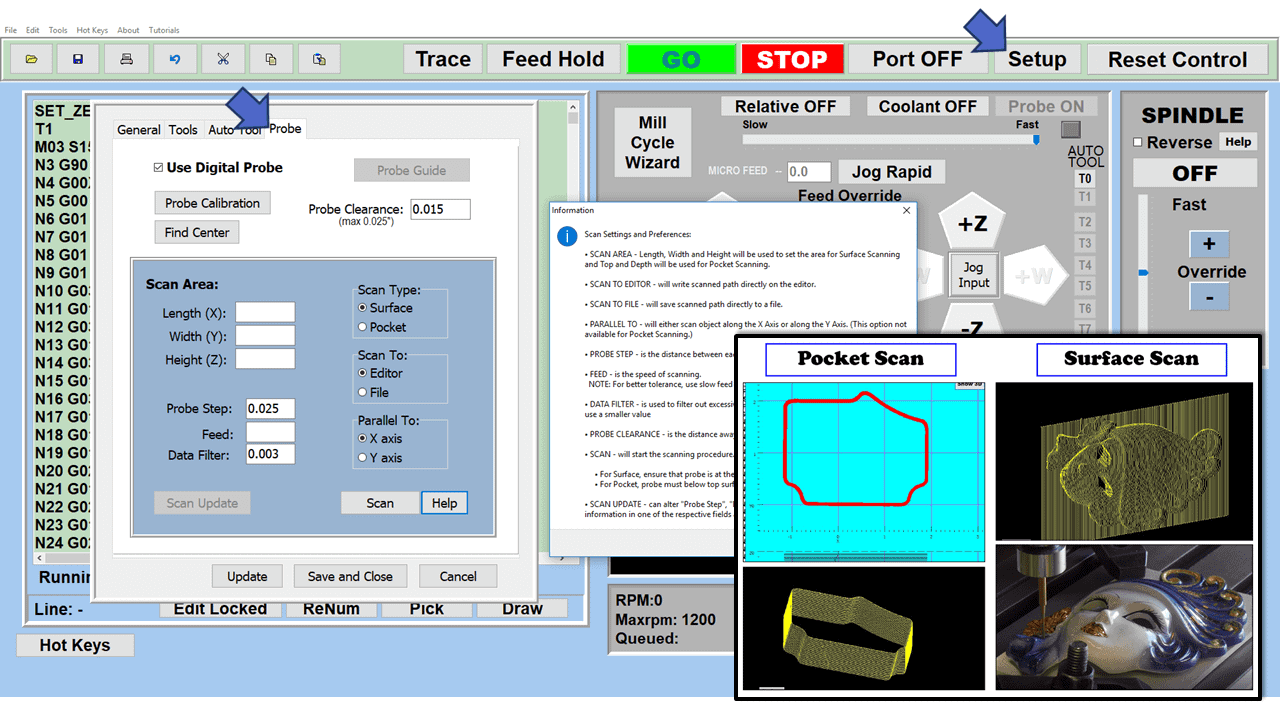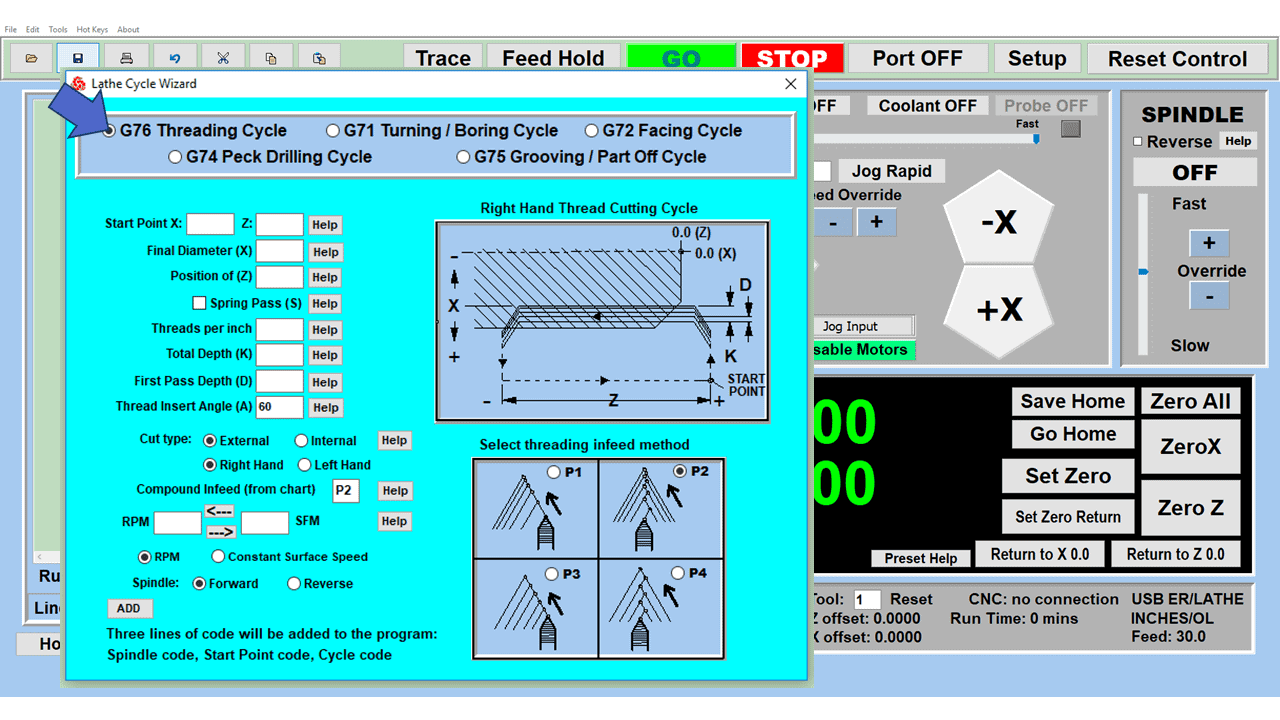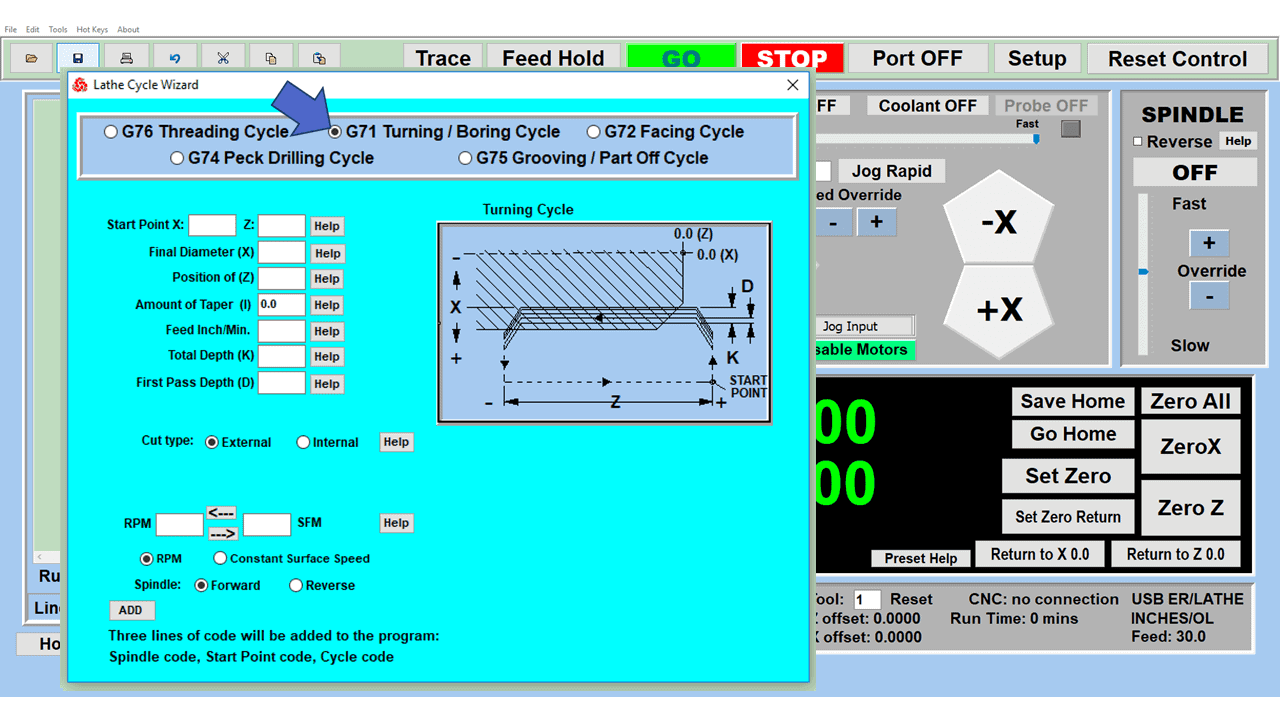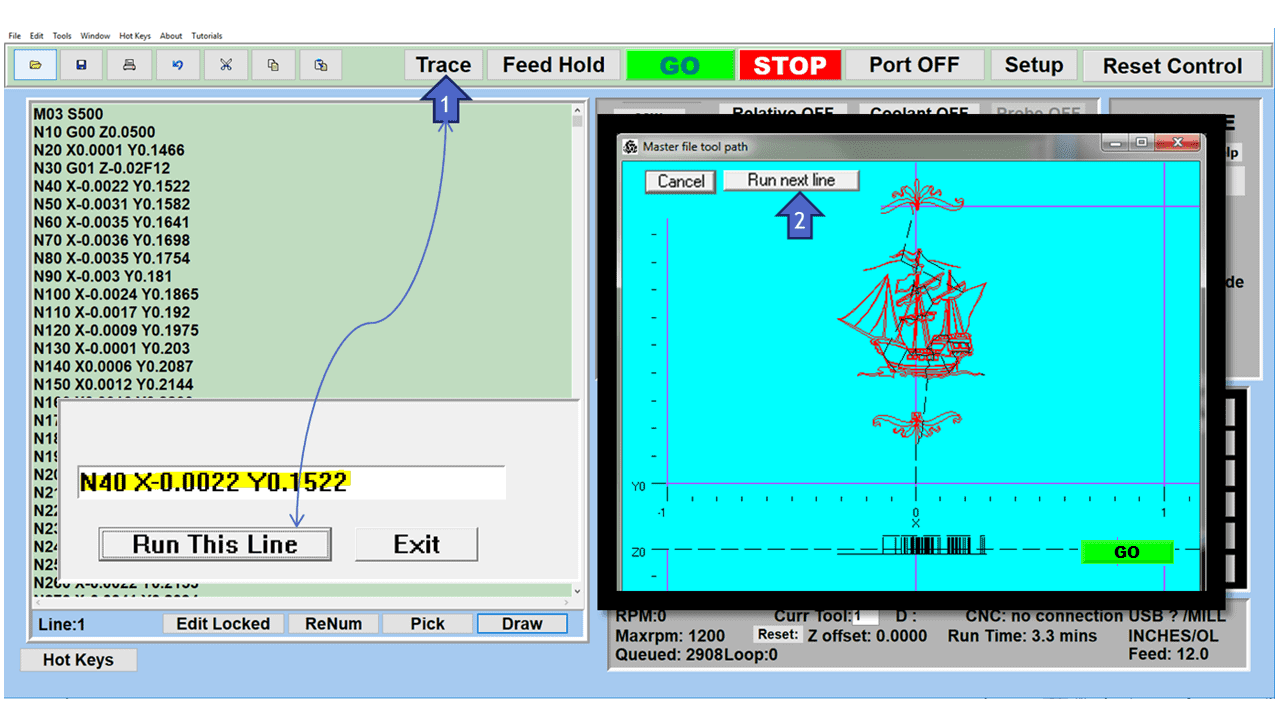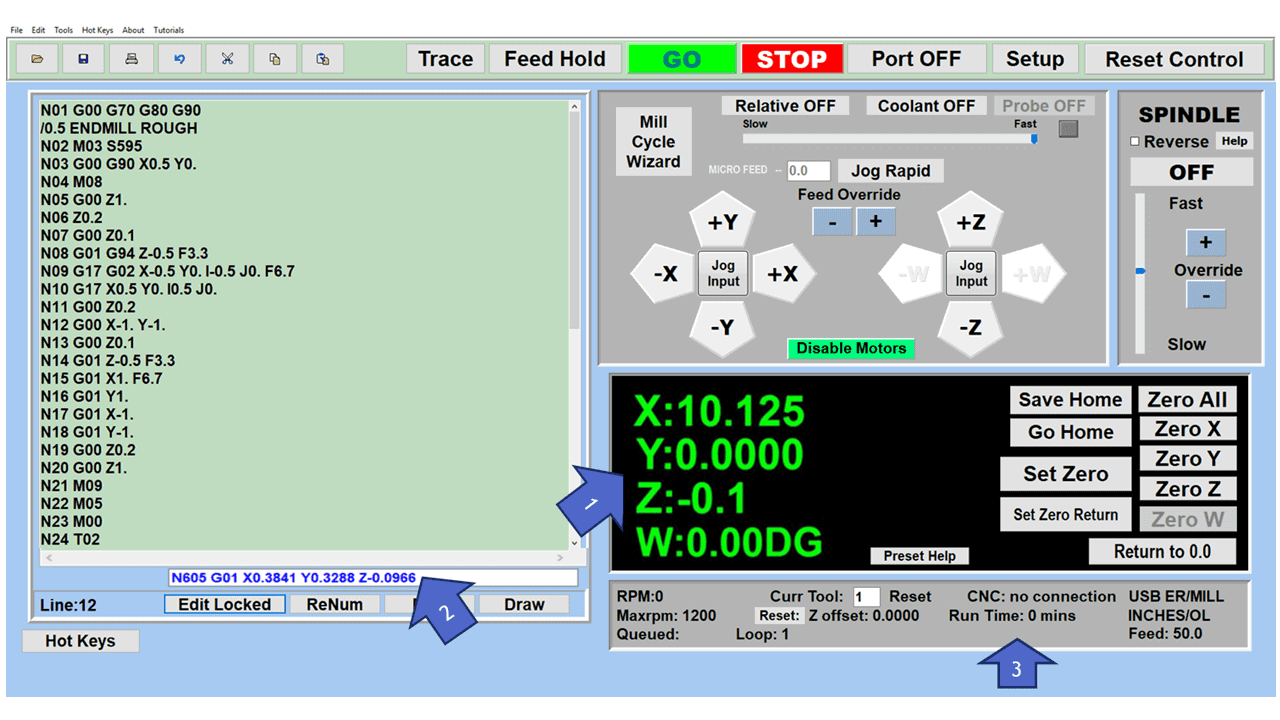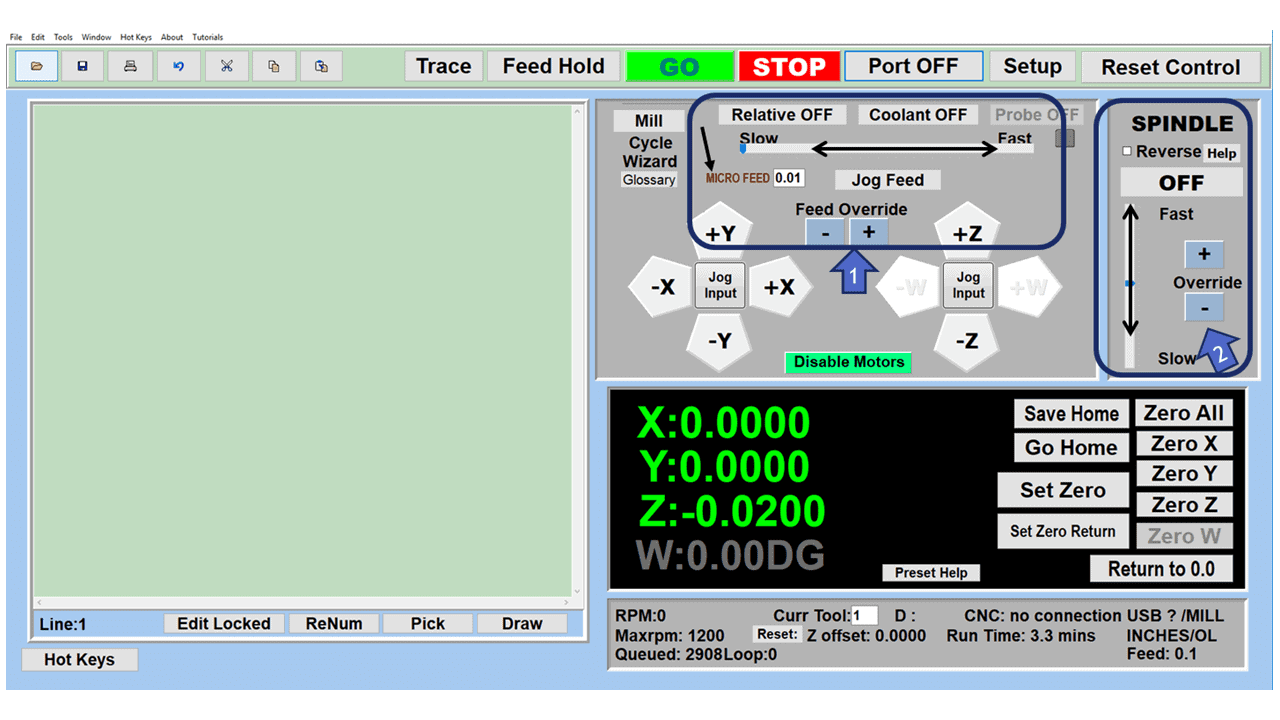Computer numerical control (CNC) milling is a process in which automation and milling tools work together, removing material from a workpiece and producing a high-quality finished part or product. It is called a subtractive process, as opposed to the 3D printing additive operations that have become popular over the last decade.
CNC milling operations are appropriate for different materials, including metal, wood, and plastic, although they are most popular within the metal-making industry. CNC milling involves turning and drilling, but the material is removed from a workpiece using specific milling tools to produce machined parts.
Although this article will emphasize the CNC milling process, we will touch on the different operations to compare other manufacturing processes with milling. First, let’s take a look at the basics of milling and then compare it to the second-most popular machine tool: the lathe.
An Overview of the CNC Milling Process
CNC machining is a manufacturing process utilizing computerized controls to manipulate a CNC milling machine and milling tools to turn raw materials into custom parts and components. Although the CNC process provides various capabilities, the fundamental principles of the process remain unchanged throughout all of them. These are the stages of the process:
- Designing the computer-aided design (CAD) model
- Converting the CAD file to a CNC machine program
- Preparing the CNC milling machine
- Executing the operation
What is CNC Milling?
Milling is a process where a rotary milling cutter removes material to get the desired shape. There are many types of cutting tools at a machinist’s disposal to turn raw material into a finished part. End mills and face mills are two of the most common cutting tools in the machine shop.
With these two milling tools alone, it’s possible to produce simple holes and slots or some of the most complex parts in every shape imaginable. Flat surfaces with excellent surface finishes are routine operations for the correct tool. Whether you operate a CNC milling machine or a traditional manual machine, choosing the right cutting tool is the key to success.
CNC milling machines are traditional milling machines on steroids. Milling cutters are run at higher RPMs, and feed rates are increased. Heavy duty depth of cuts are the norm, and, as you’ve probably guessed, production rates increase exponentially. The speed and versatility of CNC machining centers are incredible, while the high precision and tight tolerances of these machine tools leave many experienced machinists in disbelief.
Even though the CNC milling machine is a popular machine tool, there are other types of CNC contributing to the success of manufacturers. Some of these include automated versions of grinding, laser, plasma, electrical discharge machines (EDM), and routers. But the machine that often sits next to the machine shop’s milling machine is the lathe, and here’s how they compare:
What is the Difference Between CNC Milling and CNC Turning?
The short answer is that milling rotates the cutting tool against a fixed workpiece fastened to a movable worktable. Milling typically uses square or rectangular bar stock to produce finished parts. On the other hand, the lathe rotates the workpiece against a single-point lathe tool, and round bars are its typical raw material.
Both processes are subtractive and produce metal chips, but they use different materials, methods, and tools to make parts and components. Milling and turning are appropriate for steel, cast iron, aluminum, steel, brass, and copper. And because these manufacturing techniques can generate heat, they often require cutting fluid or coolant.
What are the Axes of Motion on a Typical CNC Milling Machine?
Machinists refer to the “axes of motion” when describing the CNC milling machine’s movements relative to an operator facing the machine and based on an X, Y, and Z coordinate measuring system. The X-axis represents movement left-to-right, the Y-axis is front-to-back, and the Z-axis is the spindle moving up and down.
5-Axis indicates that a workpiece can be machined from five sides on one setup. In addition to movements along the X, Y, and Z axes, 5-axis milling can occur using two of three rotational axes. The A, B, and C axes perform a 180° rotation around the X-axis, Y-axis, and Z-axis. A multi-axis tool is favored for complex components in the aerospace, automotive, and many other industries.
5-axis machining requires more CNC programming time, but it allows one workpiece to be machined on five sides during one operation, saving the extra setup of secondary operations. 5-axis machining increases productivity, ensures accuracy and allows for the creation of complex shapes and intricate details.
What are the Primary Types of CNC Milling Machines?
As you can see, computers control the CNC milling machine, but there are distinctions among milling machines that go beyond axis classifications. Here are the main types of milling machines:
- Vertical mill: The 3-axis vertical milling machines have a worktable, spindle, and vertical column. In some models, the table moves up and down along the z-axis to meet the fixed arm. On a vertical turret machine, the spindle is stationary, and the table moves along the x-axis and y-axis. On a vertical bed mill, the table can only move along the x-axis, while the spindle can travel along the length of the arm in the y-axis direction.
- Horizontal mill: The CNC horizontal milling machine is similar to a vertical mill, except the spindle is oriented horizontally. While not as versatile as the vertical mill, the horizontal mill works better for longer or heavier work. A universal horizontal mill also offers the additional benefit of rotating the table around the z-axis, making it a 4-axis milling machine.
- Knee mill: Often referred to as a Bridgeport-type vertical knee mill, the table moves up and down along the column according to an adjustable knee, and another Z-axis might come from a spindle that also moves up and down.
What are Some of the Applications of CNC Milling?
A few decades ago, milling was a manual task with human operators taking on the type of work they could handle and making the occasional error. Today, CNC milling machines perform most of the milling operations with an experienced programmer and an entry-level operator who mainly changes parts. And there are excellent reasons things have changed.
CNC milling offers high-precision parts and elevated production rates. This ability to accurately customize parts is why many manufacturers use CNC milling machines to make their products. Companies in many industries choose CNCs since CNC milling machines and lathes can mass produce their products with accuracy, speed, and repeatability.
Although machine shops use CNC milling machines and lathes to manufacture parts for industrial applications, specific industries rely exclusively on CNC milling services to process their components. Here are some of them:
- Aerospace: The aerospace industry requires its components to be made of difficult-to-machine materials, such as Inconel, a nickel-chromium alloy that holds up under high temperatures. CNC milling plays an essential role in producing these aerospace components, allowing them to standardize this process.
- Electronics: Electronic hardware requires precise configuration for fast and complex performance, and CNC milling offers precision engraving, depressions, and holes, some of the features of electronic parts.
- Automotive: Auto assembly lines rely on automation to improve productivity, and CNC mills have become one of the most productive tools for automakers.
- Agriculture: CNC milling machines have large-scale and short-term production capabilities, so unique components and general-purpose parts are ideal for these machine tools.
- Medical: The production of medical equipment and tools, such as prostheses, benefits from the CNC milling process, as do other medical components that require detailed and unique designs.
- Military: The defense industry uses CNC milling machines to create prototypes and mass-produce parts. Many of these machined parts have transferred to other sectors, allowing advances initially developed for the military to benefit aerospace, electronics, medical, and other industries.
- Energy: Nuclear power plants are one example of the energy industry requiring precision parts. Hydropower and solar and wind energy suppliers use CNC milling to manufacture components to ensure continuous power generation. And the oil and gas industry often requires corrosion-resistant metals, such as 5052 aluminum, to be machined in the CNC mill.
CNC milling is fast and convenient, making it ideal for producing replacement parts. All that’s required is a machine setup since you should already have a program from the production process.
No matter which industry you are in, some type of CNC milling will fit your needs with a fast turnaround time and the same reliable quality for each piece.
What are the Main Benefits of CNC Milling?
Although there are numerous reasons why CNC milling machines are considered the most reliable machine tools for producing parts from various materials, some of the most significant are listed below:
- Speed: CNC milling has a high production rate because the limitations on humans are removed, and the milling tool is free to move at the maximum speed.
- Precision: In addition to speed, CNC milling machines operate unequally accurately and precisely. Since human error is eliminated from the manufacturing process, CNC milling can work in industries like aerospace and medical, where every detail must be followed without even a minor mistake.
- Running unattended: CNC milling machines can run on autopilot, requiring little human intervention. They can operate overnight and on weekends without breaks and produce parts with consistent quality and tolerance on each piece.
- Fewer workers: The automated process that CNC milling represents means fewer people are required to monitor and run it. With today’s employee shortage, needing only a few skilled workers eases the need to find people while reducing production costs and saving money for your clients.
- Consistency: The automated process behind CNC milling results in unmatched consistency, even if the worker managing the tools changes. After creating a master design file, anyone can use it and have the same quality as the previous version. Even the most highly-skilled manual machinist cannot achieve this repeatability.
- Scalable: CNC milling grows as your business grows, and you can count on it for tooling parts of all shapes and sizes.
Conclusion
Computer Numerical Control (CNC) milling has benefited manufacturing industries by providing them with the technology for high production rates, greater accuracy, quality finishes, and the ability to work with various materials. The number of axes now available on CNC machine tools ensures that very few tasks will be beyond the grasp of designers and programmers.
With improved product quality control, standardization, repeatability, and precision, CNC machining with CAD technology can automate the milling, cutting, and shaping of many parts, components, and products.

